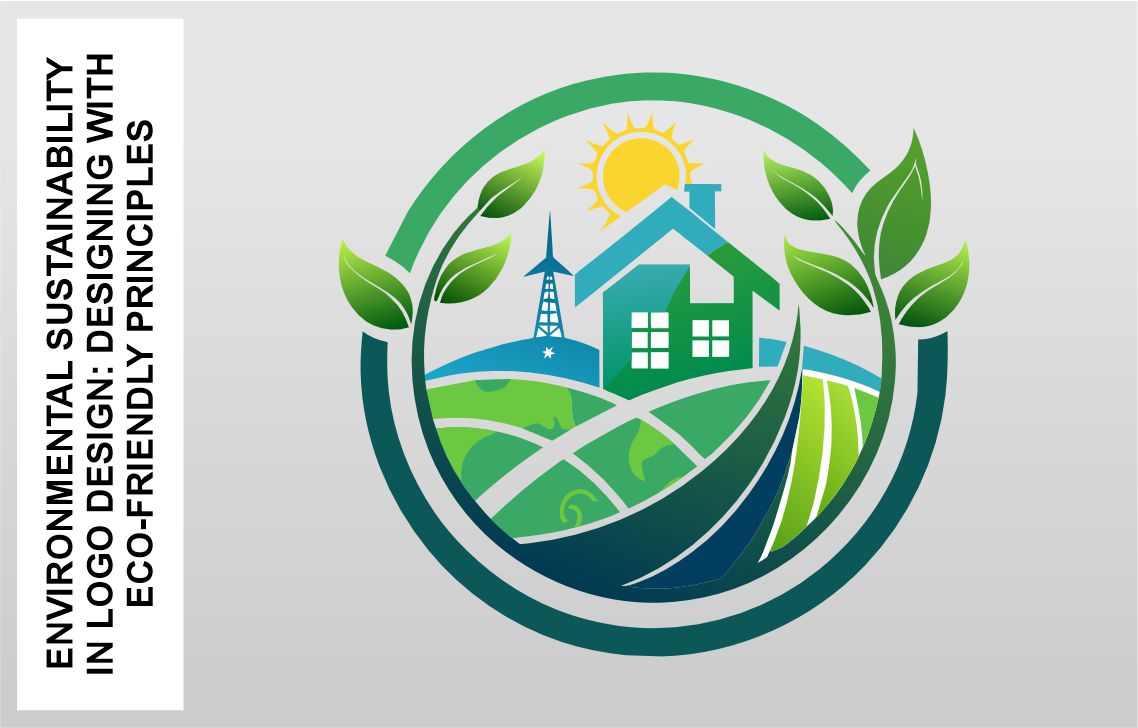In today's world, where environmental concerns are at the forefront of global discussions, every aspect of our lives, including design practices, must embrace sustainability. One area where this is increasingly evident is in logo design. Companies are recognizing the importance of aligning their branding efforts with eco-friendly principles to not only reduce their environmental footprint but also to appeal to environmentally conscious consumers.
Introduction to Environmental Sustainability in Logo Design
Logo design plays a significant role in shaping a company's identity and communicating its values to the world. With the rise of environmental awareness, businesses are under pressure to demonstrate their commitment to sustainability through all aspects of their operations, including branding.
Understanding Environmental Sustainability
Before delving into the specifics of eco-friendly logo design, it's essential to understand what environmental sustainability entails. Environmental sustainability refers to meeting the needs of the present without compromising the ability of future generations to meet their own needs. It involves minimizing resource consumption, reducing waste generation, and preserving ecosystems.
Impact of Logo Design on the Environment
The process of creating logos can have various environmental implications, from the materials used to the energy consumed during production. Designers must consider the environmental impact of their choices at every stage of the design process.
Principles of Eco-Friendly Logo Design
Designing logos with eco-friendly principles involves adhering to certain guidelines and practices that minimize harm to the environment. This includes opting for minimalist designs, using sustainable materials, and choosing energy-efficient production methods.
Case Studies of Environmentally Sustainable Logo Designs
Numerous companies have successfully incorporated eco-friendly principles into their logo designs. For example, Patagonia's logo, featuring a simple mountain silhouette, reflects the brand's commitment to outdoor conservation and sustainability.
Benefits of Environmental Sustainability in Logo Design
Embracing environmental sustainability in logo design offers several benefits to companies. Not only does it enhance brand image and reputation, but it also leads to cost savings and contributes to environmental conservation efforts.
Challenges and Limitations
Despite the advantages of eco-friendly logo design, there are challenges and limitations that designers must navigate. These include striking a balance between aesthetics and sustainability, as well as addressing the availability of sustainable materials.
Future Trends and Innovations
Looking ahead, the future of eco-friendly logo design is promising. Advancements in sustainable materials and production techniques, coupled with technological innovations, are paving the way for more environmentally conscious design solutions.
Conclusion
In conclusion, environmental sustainability in logo design is no longer just a trend; it's a necessity. By embracing eco-friendly principles in their branding efforts, companies can not only reduce their environmental impact but also appeal to a growing market of environmentally conscious consumers.
FAQs
- How does eco-friendly logo design contribute to brand image?
- What are some examples of sustainable materials used in logo design?
- Are there any certifications or standards for environmentally sustainable logos?
- How can companies ensure their logo design process is energy-efficient?
- What role do consumers play in driving demand for eco-friendly logos?







